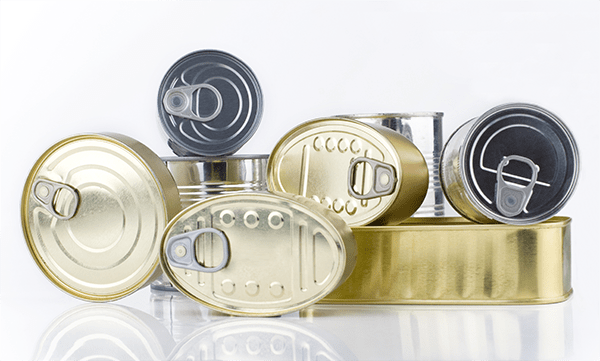How to Prevent Cross-Contamination with Residual BPA at a Can Maker Coating Line
October 14, 2016

GCP Applied Technologies has developed the APPERTA® non-BPA coatings product line in response to market trends and consumers who see additional value in promoting the use of non-epoxy and/or non-PVC based formulations.
New advances in hi-tech analytical equipment allow detection of substances at extremely low concentrations.
In case a customer or brand owner is interested in preserving the non-BPA status of the coating, the guidelines below must be adhered to in order to avoid detection of critical substances that may lead to unexpected analytical results.
Potential areas of contact between non-BPA and residual BPA containing coatings may occur:
- At the coating application unit, due to poor cleaning of the coater. Critical points are tubes, hoses and pump.
- In a stirred container, due to an improperly cleaned stirrer.
- In the oven, by vapour-phase transfer of an external BPA-containing coating, if internalAPPERTA® non-BPA primer or internal system is applied first.
- In the oven, if the oven has been previously used to cure BPA-containing coatings.
- In the stacked sheet pile, assuming potential under-curing, if APPERTA® non-BPA internal system is stacked in direct contact with the BPA-containing external coating. This is of specific concern if internal APPERTA® non-BPA coating is applied first.
The following recommendations will significantly reduce the potential for BPA cross-contamination:
- Properly clean all equipment before use.
- The stirrer must be completely free of any previous coating residue before use.
- The roller coater needs to be cleaned thoroughly, even those parts which are not in direct contact with coating.
- Tubes, hoses and pumps of the coater require special care and need to be rinsed with an appropriate thinner or cleaning solvent before and after use. Please refer to the section on thinner recommendations.
- If the oven has been used before with BPA-containing coatings it is recommended to clean the oven by running close to the maximum temperature (215 – 220 °C) for 45 – 60 minutes without feeding to attempt to purge the atmosphere of any residual traces of BPA.